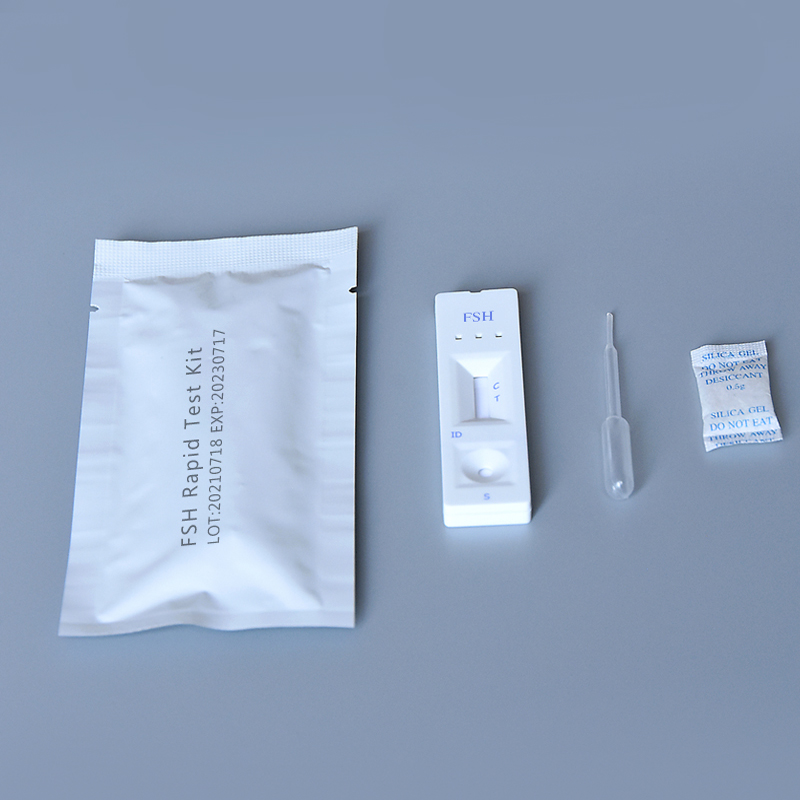Sep . 24, 2024 16:56 Back to list
Chikungunya Testing Methods and Their Effectiveness in Disease Diagnosis
Understanding the Test for Chikungunya A Comprehensive Overview
Chikungunya is a viral infection transmitted primarily by mosquitoes, particularly Aedes aegypti and Aedes albopictus. This disease has gained significant attention due to its rapid spread in tropical and subtropical regions. Understanding the diagnostic tests for chikungunya is crucial for timely treatment and effective public health responses.
Understanding the Test for Chikungunya A Comprehensive Overview
The primary tests for diagnosing chikungunya include serological testing and molecular techniques. Serological tests involve the detection of antibodies generated in response to the chikungunya virus. Enzyme-linked immunosorbent assay (ELISA) is a common serological test used to identify IgM and IgG antibodies. The presence of IgM antibodies typically indicates a recent infection, while IgG antibodies suggest past exposure.
test of chikungunya

Molecular testing, particularly reverse transcription polymerase chain reaction (RT-PCR), is utilized to detect the viral RNA in the blood. This method is highly sensitive and specific, allowing for early diagnosis during the acute phase of the illness, usually within the first week of symptom onset. However, RT-PCR may yield negative results as the disease progresses, making it essential for healthcare providers to consider the timing of the test in relation to symptom onset.
It is important for clinicians to be aware of chikungunya's clinical overlap with other diseases such as dengue and Zika virus infections, which can complicate the diagnosis. Therefore, a combination of clinical evaluation, travel history, and laboratory testing is often required to establish a definitive diagnosis.
Public health surveillance and timely testing are vital components in controlling chikungunya outbreaks. Health authorities must educate communities about preventive measures, such as reducing mosquito breeding sites and using protective clothing, to mitigate the risk of infection. As global travel increases, the potential for chikungunya to spread remains a significant concern, underscoring the need for ongoing vigilance and research into both diagnostic methods and effective treatments.
In conclusion, timely and accurate testing for chikungunya is essential for managing the disease effectively. Through increased awareness and understanding of the available diagnostic methods, healthcare providers can improve patient outcomes and contribute to public health efforts in controlling this emerging viral threat.
-
Dengue NS1 Rapid Diagnostic Test Kit
NewsMar.07,2025
-
Dengue NS1 Rapid Diagnostic Test Kit
NewsMar.07,2025
-
Dengue NS1 Rapid Diagnostic Test Kit
NewsMar.07,2025
-
Transferrin Rapid Test Cassette Tumor Marker TF Card
NewsMar.07,2025
-
Malaria Pf Pan Rapid Diagnostic Test Kit
NewsMar.07,2025
-
malaria pf / pan ag rapid test
NewsMar.07,2025

